The 10 most expensive thefts in the history of mankind
By Pictolic https://pictolic.com/article/the-10-most-expensive-thefts-in-the-history-of-mankind.htmlIt happens that the love of money makes people commit crimes, and theft is the easiest and most effective way. In our review, there are ten of the most sensational and most expensive thefts. Some of the stolen artifacts were subsequently found, and others disappeared without a trace, but the hope that they will be found remains.
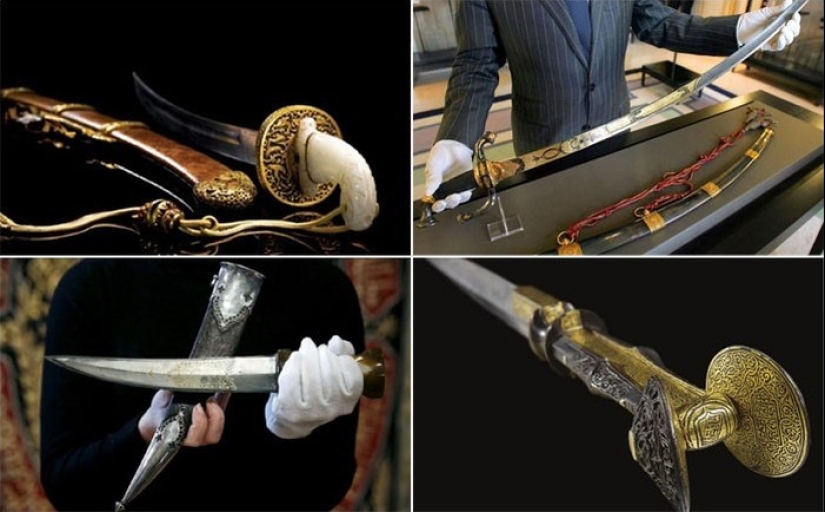
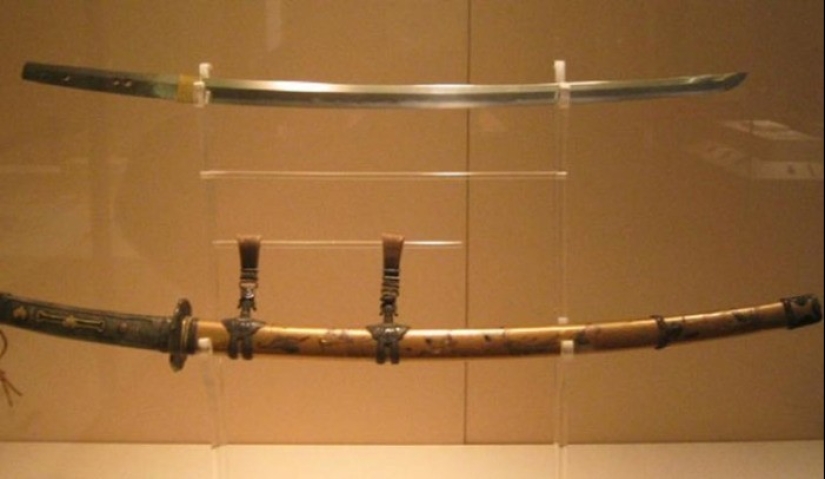
Tyrannosaurus rex is a bipedal predator with a massive skull that was balanced by a heavy and long tail. His front paws were very small in comparison with the hind ones, but at the same time extremely powerful. This lizard is considered the largest species in its family and the largest terrestrial predator in the history of our planet.
In 1945 in The remains of this dinosaur were discovered in Mongolia, and then its entire skeleton. In 2012, a certain Eric Prokopi stole some bones and decided to sell them for $ 1.1 million. The would-be seller ended up in prison, and the bones were returned to the museum.
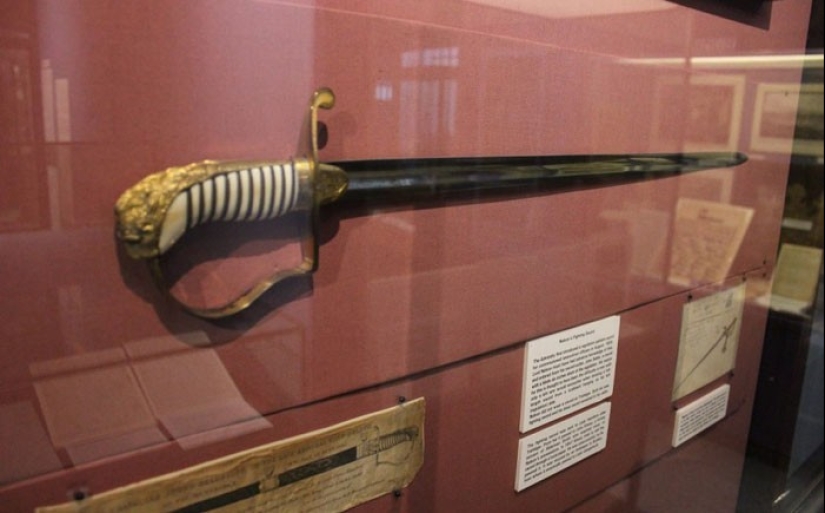
The Scream is a series of paintings by the expressionist artist Edvard Munch, created in 1893-1910. Four versions of the painting were created, and each depicts a human figure screaming in despair against a generalized landscape background and a blood-red sky.
In 1994, the painting was stolen from the National Gallery, but a few months later it was returned to its place. In 2004, "The Scream" and several other works were stolen from the Munch Museum. They were returned only in 2006, however, with damage. In May 2008, after restoration, the paintings were returned to the exhibition.
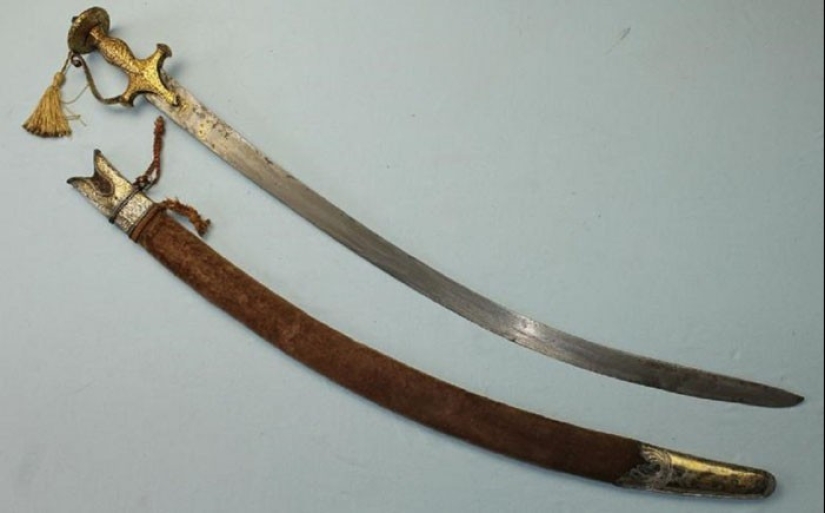
In 1939, the movie "The Wizard of Oz" was released in Hollywood, which became one of the most successful in the history of cinema. Four pairs of shoes were used in the film, which practically did not differ from each other. In these so-called ruby shoes, the main character Dorothy, played by Judy Garland, walked in the film.
One of the pairs of ruby shoes was in the Judy Garland Museum in Minnesota. But in 2005 they disappeared from the museum, and it is still unknown where this legendary pair of shoes is located. The cost of the shoes is estimated at $ 203 million.

A series of jewelry made by Carl Faberge, known as Faberge eggs, was created in 1885-1917. In total, 71 Easter surprises were created, of which 52 eggs were made by jewelers by order of the emperor. Only 62 eggs have survived to this day, of which 54 are imperial. The rest are considered lost and disappeared without a trace. It remains to add that at the turn of the XIX–XX centuries, the cost of each Faberge egg varied from 1,500 to 28,300 rubles.

Antonio Stradivari is a master known for making very high—quality and most expensive stringed instruments. Musical instruments that were made in the period from 1689 to 1725 became widely known.
The famous violinist Erica Morini (1904-1995) played a Stradivarius violin made in 1727. One day someone broke into her apartment and stole this legendary violin. Morini died, and the violin was never found. The cost of this unique tool is estimated at $3.5 million today.
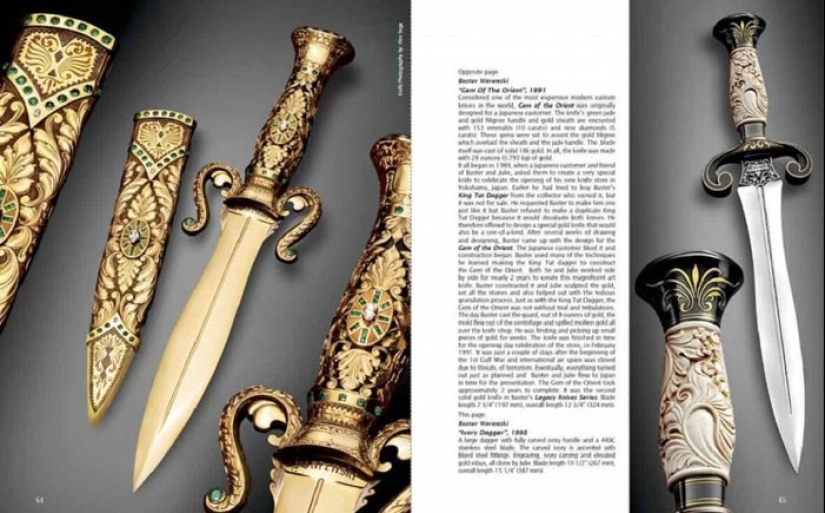
Vincent van Gogh, a Dutch post-impressionist artist, has created more than 2,100 canvases in a little over ten years, including about 860 oil paintings. But he became really famous only after his death. Even his small canvases began to cost fabulous money.
Two paintings were stolen from the Van Gogh Museum in Amsterdam — "Sea View from Scheveningen" and "Exit from the Protestant Church in Nuenen", the total cost of which is estimated at $ 30 million. The thieves were caught and imprisoned, but the paintings never returned to the museum.

"Salera" is a gold table statuette, which was made in 1543 by the jeweler Benvenuto Cellini for the French King Francis I. This artifact is considered the pinnacle of decorative and applied art of the Mannerist era. In addition, this is the only work of a great master, the attribution of which does not cause any doubts.
It is known that in 1570 King Charles IX presented the Salier to Ferdinand of Tyrol, who was present at his engagement to Elizabeth. Until the XIX century, the "Salera" remained the pearl of the Ambrass Castle in Innsbruck, and then it was moved to the Austrian capital to the Museum of Art History.
On May 11, 2003, the Salera was stolen from the museum, which was under repair at the time. Despite the fact that the cost of the statuette is estimated at more than 50 million euros, the Austrian authorities offered only 70 thousand euros for the return of this unique salt shaker, explaining that it is simply impossible to sell a work of art of this level. On January 21, 2006, the police found the Salera buried in a lead box in a forest near the town of Tsvetl.
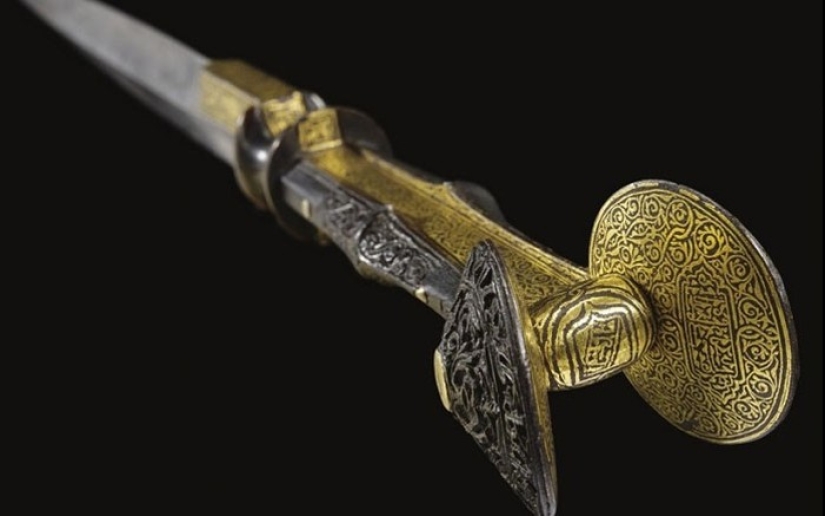
A 102-storey skyscraper in Manhattan in New York was also stolen once. However, the theft was not real, but only a provocation. In 90 minutes, two Daily News journalists managed to forge documents for the ownership of this building. They showed the officials documents signed not by a notary, but by the legendary bank robber — Willy Saton. But no one noticed the catch. The journalists owned one of the most famous skyscrapers for a whole day, and then admitted that the documents were fake, and they did it to demonstrate that even the Empire State Building could be stolen in the prevailing confusion.
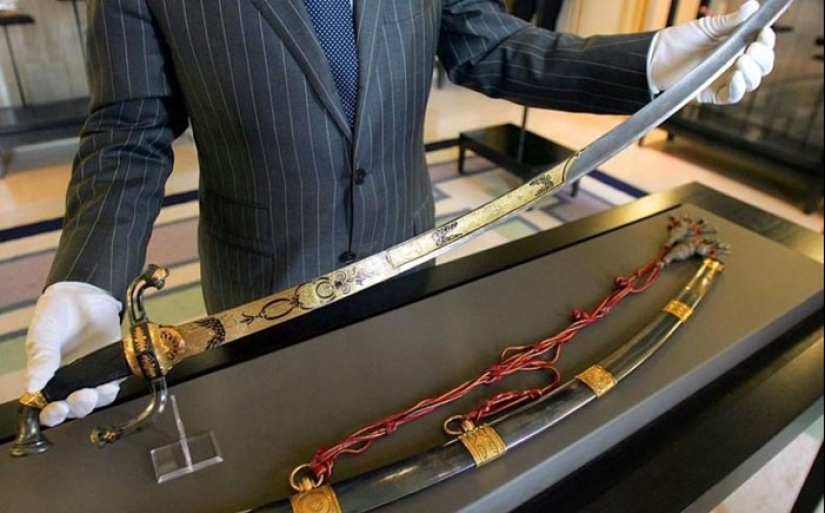
In 1994, the largest jewelry theft occurred in France. Three armed men robbed a jewelry store in the Carlton Hotel. They stole 30 million pounds worth of jewelry, which, according to rumors, belonged to one of the most famous French jewelers Alexander Reza. Later it turned out that the machine guns were loaded with blank bullets.
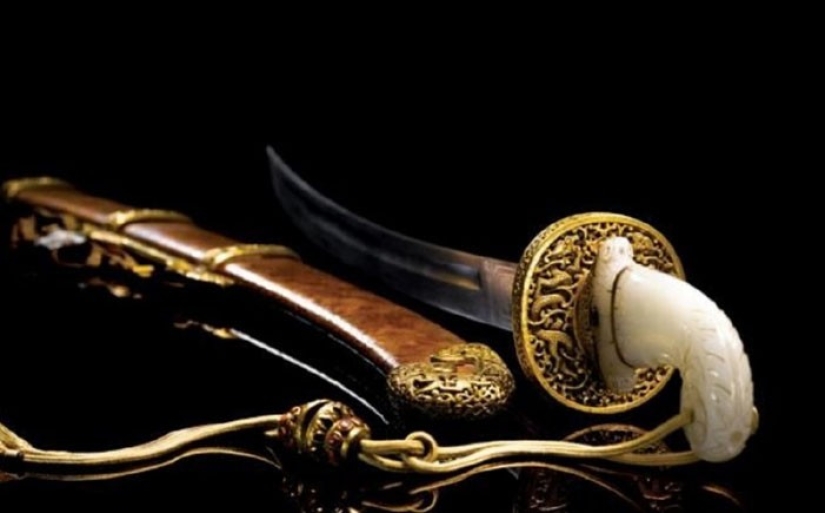
But one of the most audacious thefts in history was the abduction from the Louvre of the world-famous "Mona Lisa" by the great master Leonardo da Vinci. In 1911, Vincenzo Perugia worked at the Louvre as a glazier. Somehow he noticed that no one was guarding the painting, and could not resist the temptation to steal it. He just took the painting off the wall, took it out of the frame, hid the Gioconda under his coat and went home.
For two years the painting was kept in his apartment in a suitcase with a double bottom. The thief was detained when he tried to sell the painting in Italy.
Recent articles

When you are small, the world seems simpler and there are almost no barriers, and there are no unnecessary rules. Kids sincerely ...

The period of the Civil war will forever remain in history as a time of anarchy, violence and destruction. This era has produced ...

Helmets are more than just protection in battle. They tell us stories about the warriors of the past, the technology of their time, ...